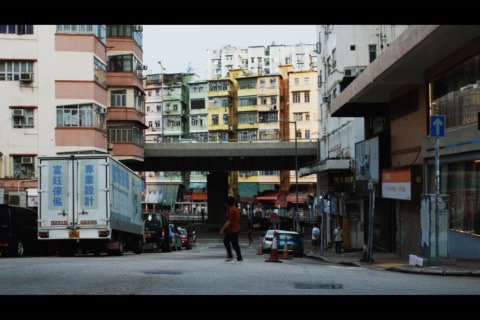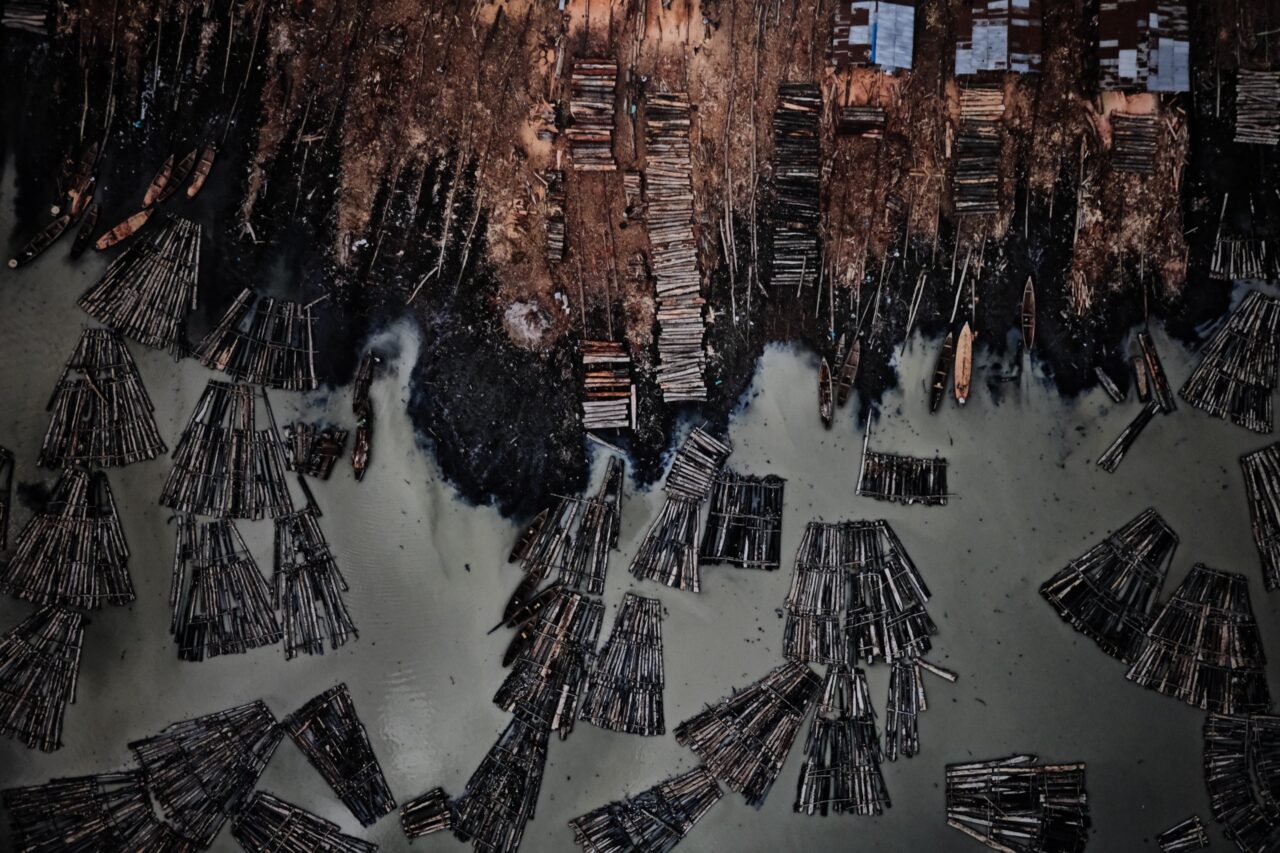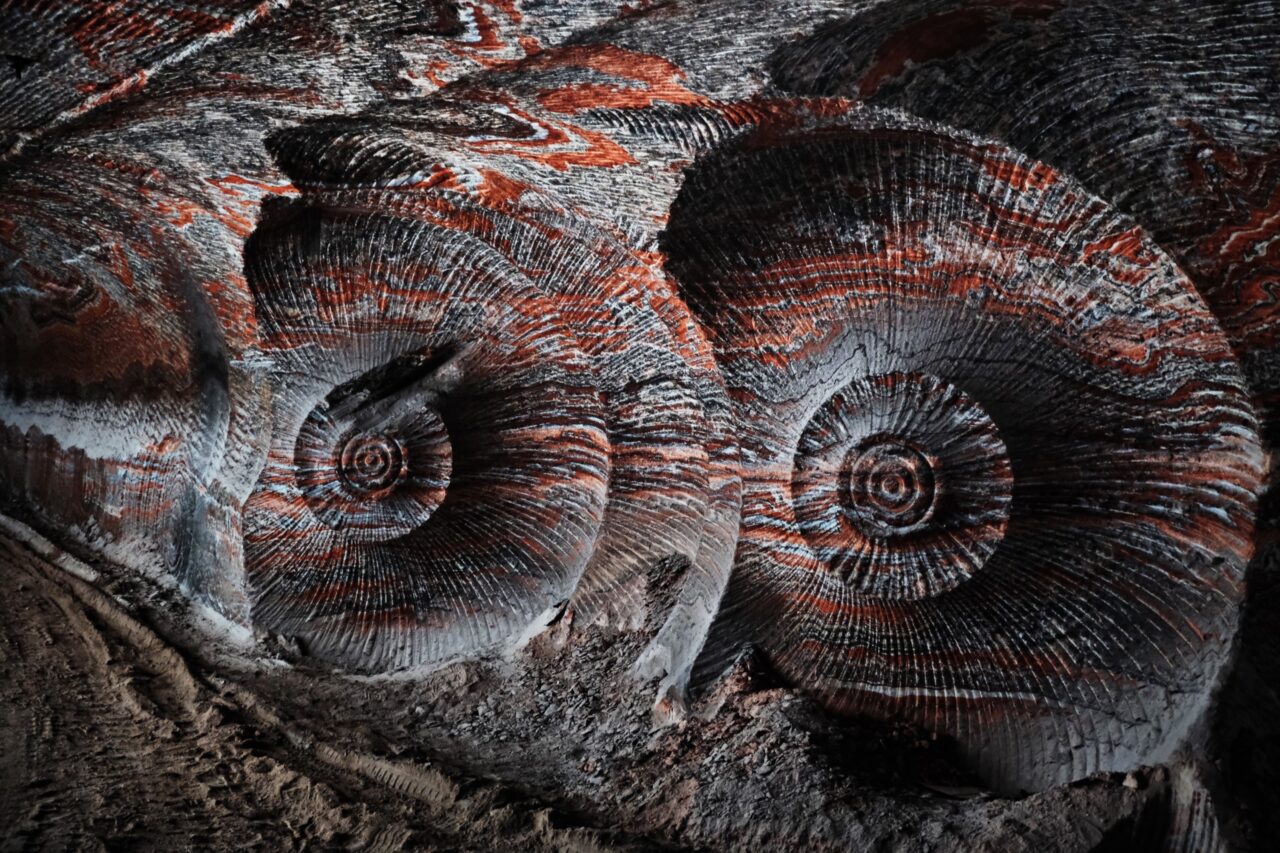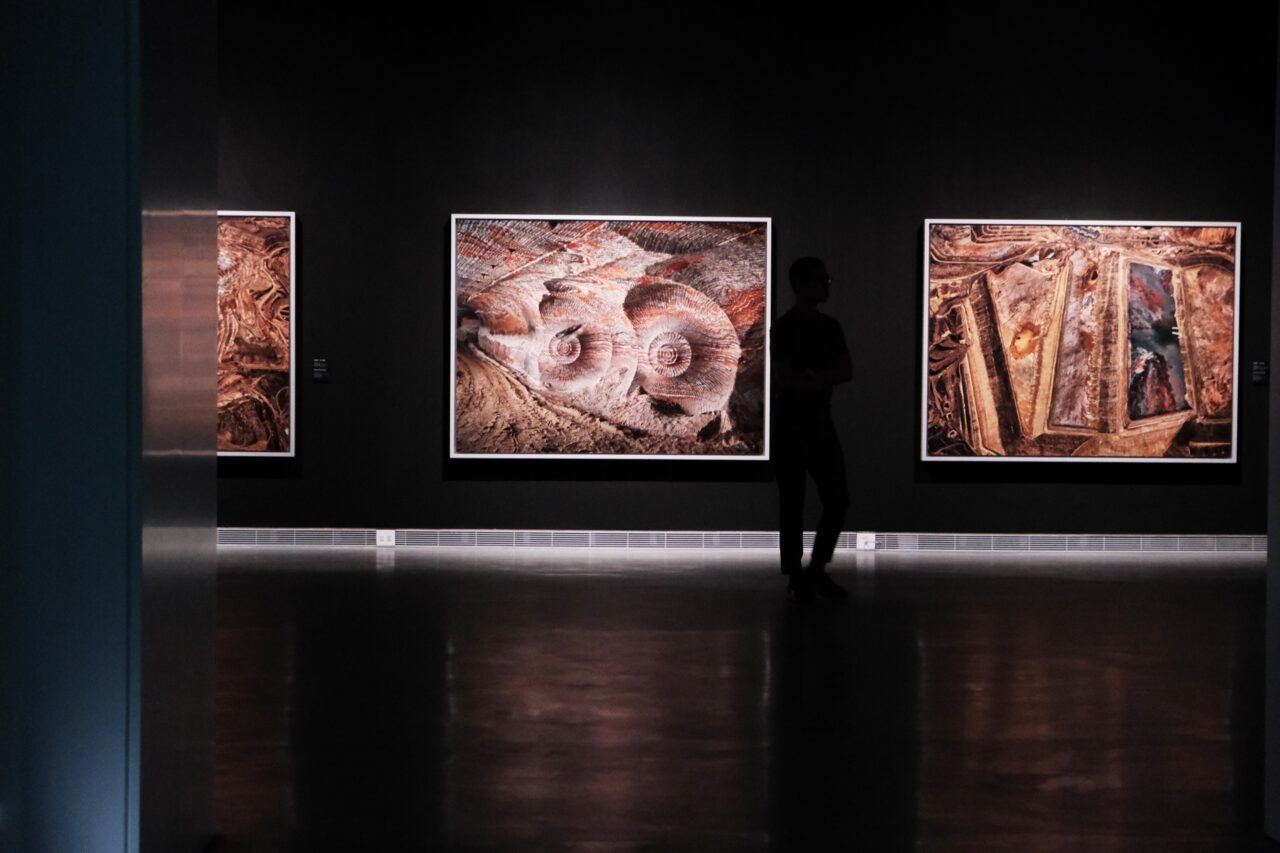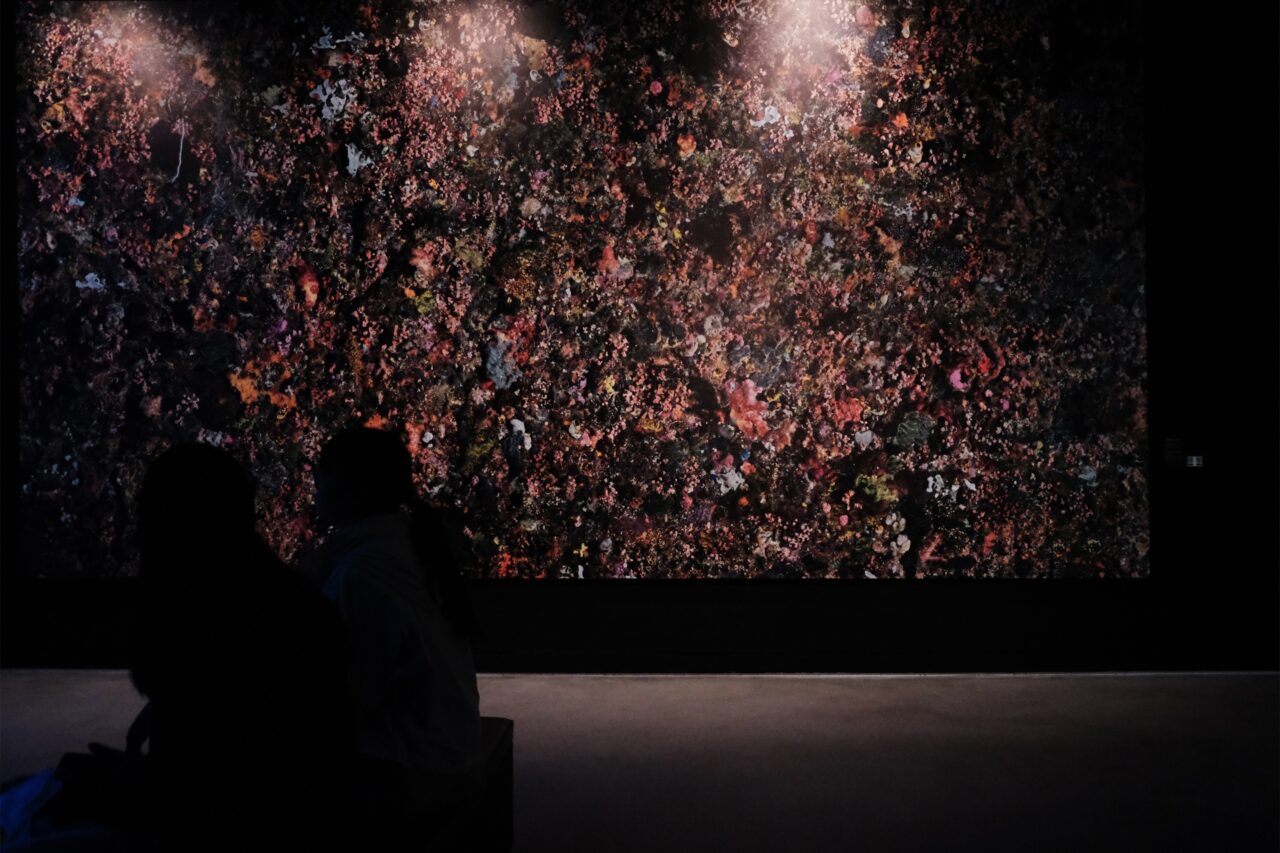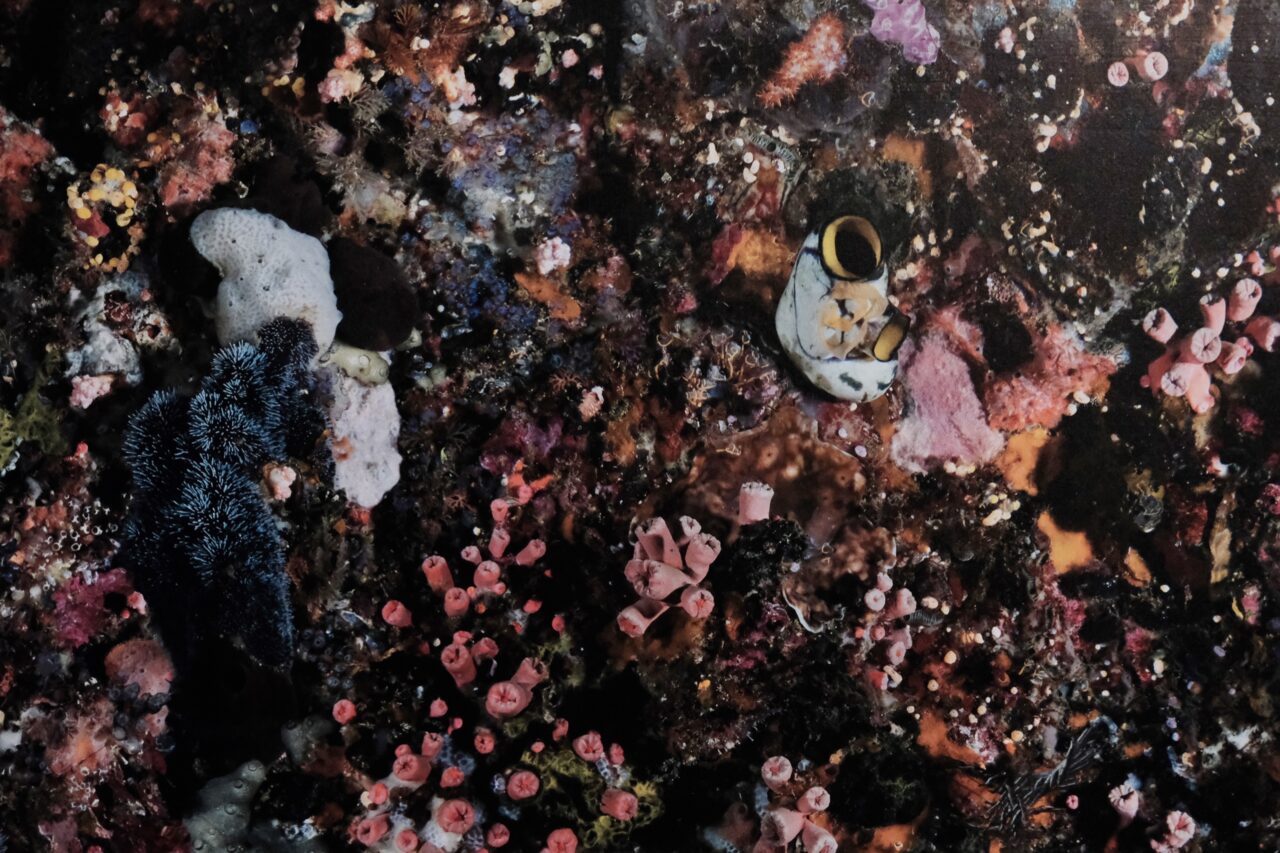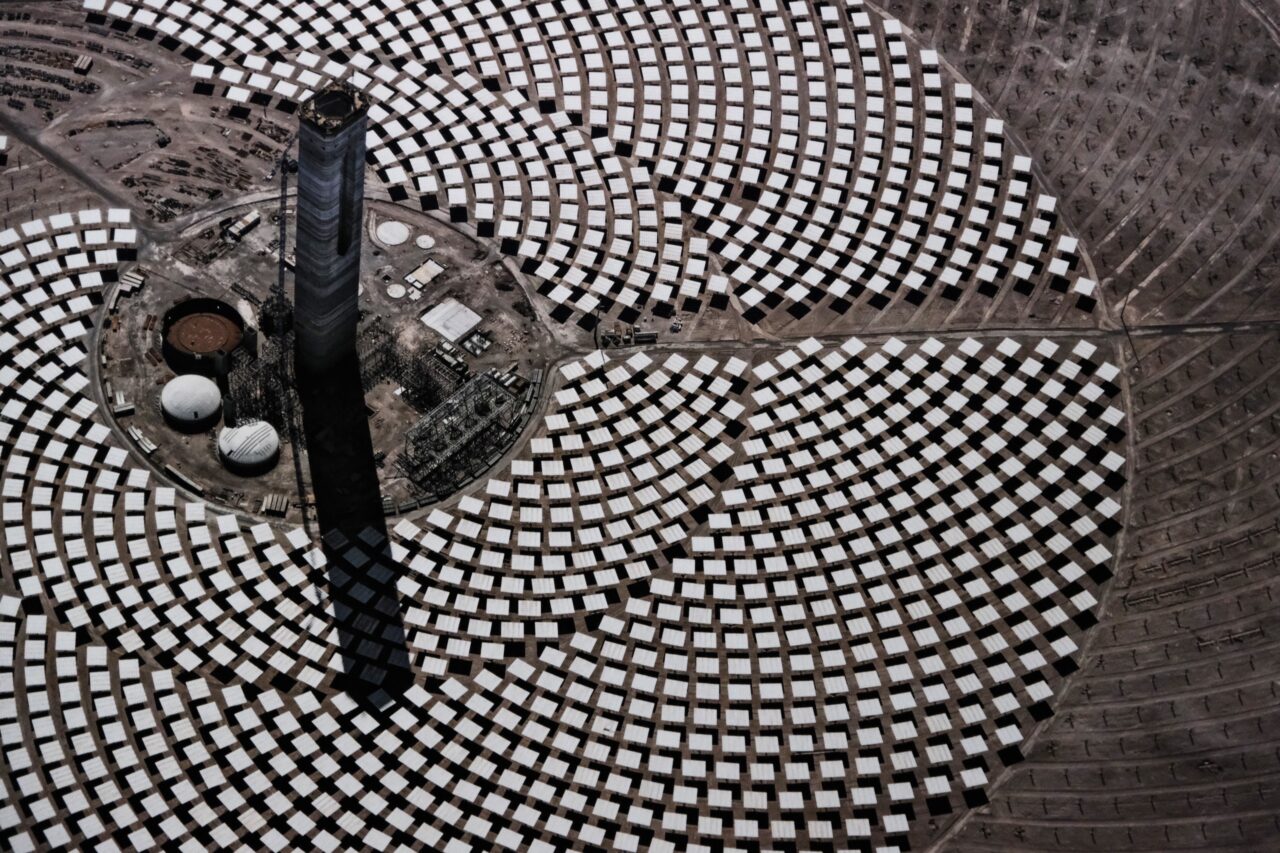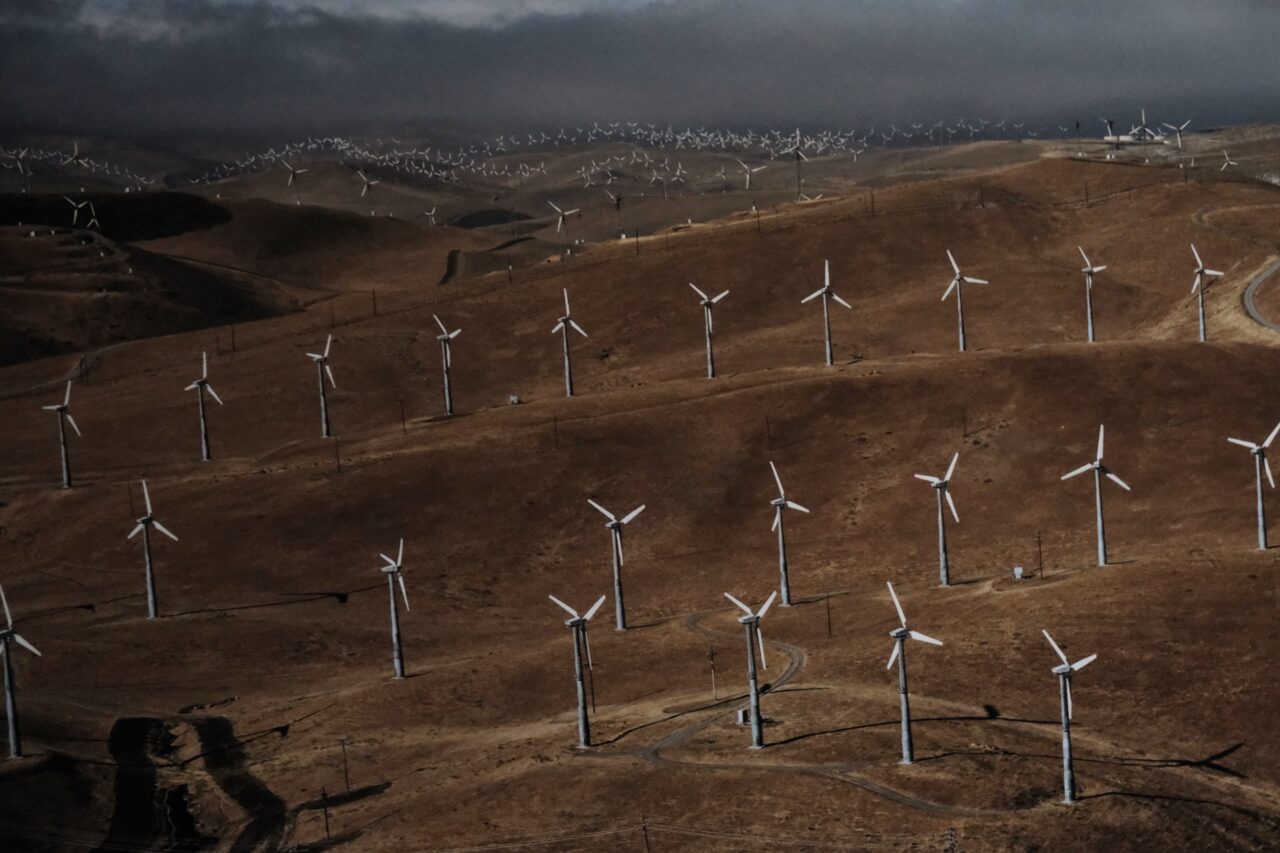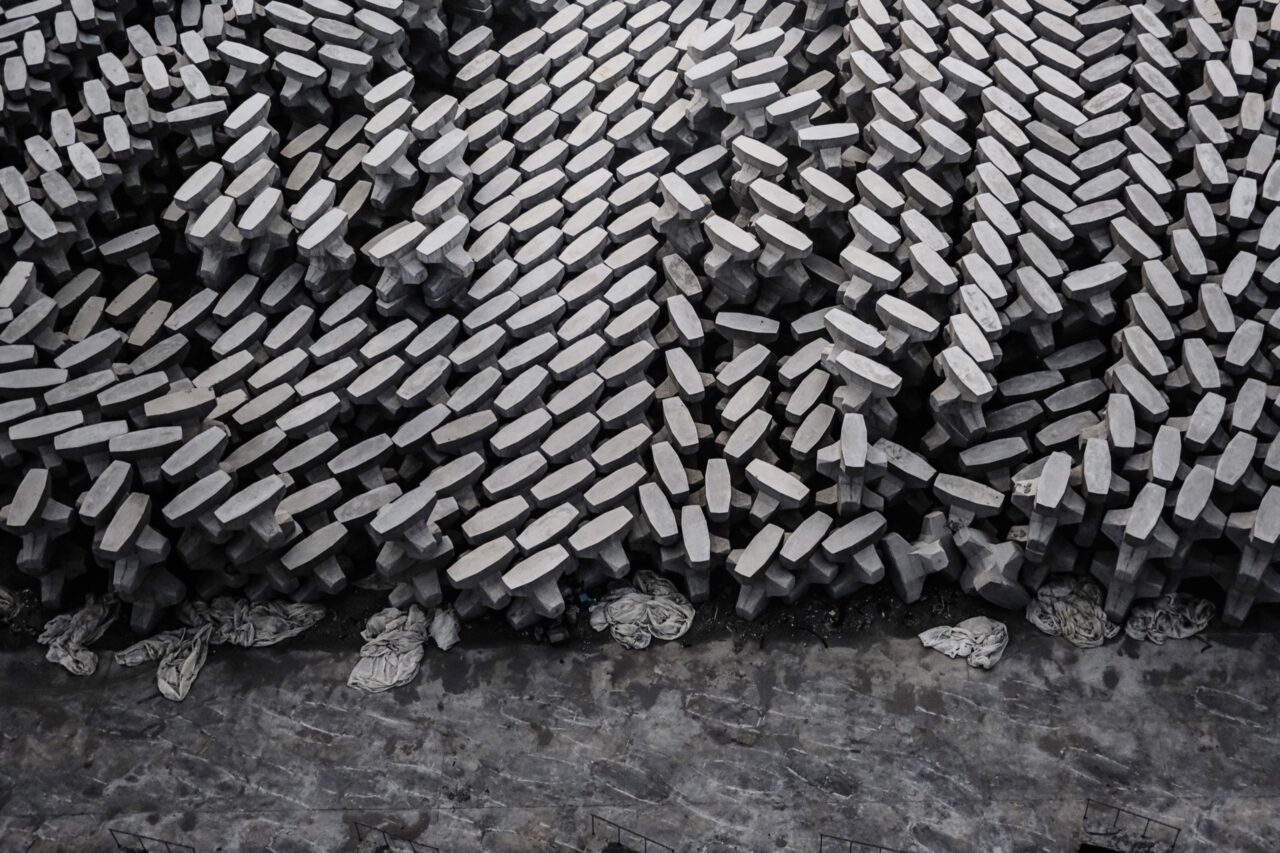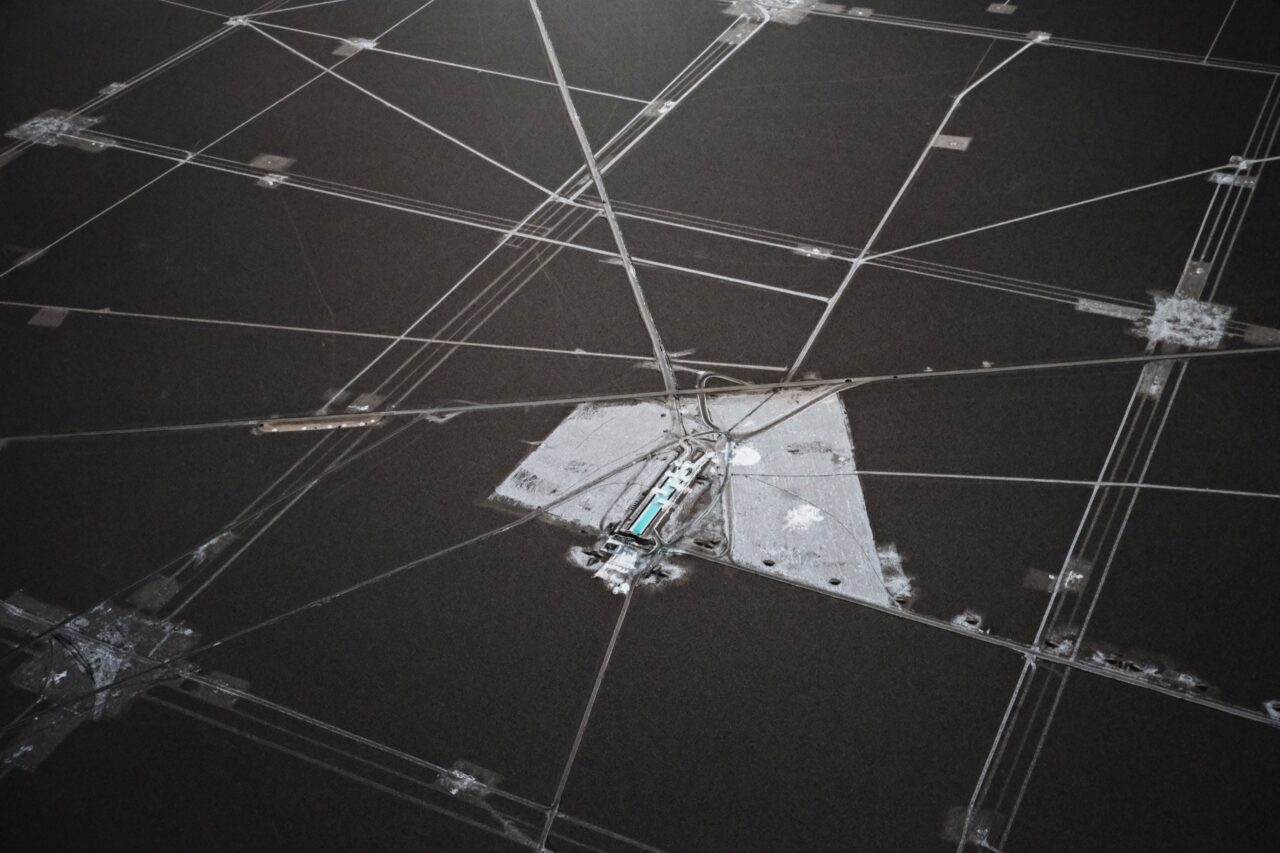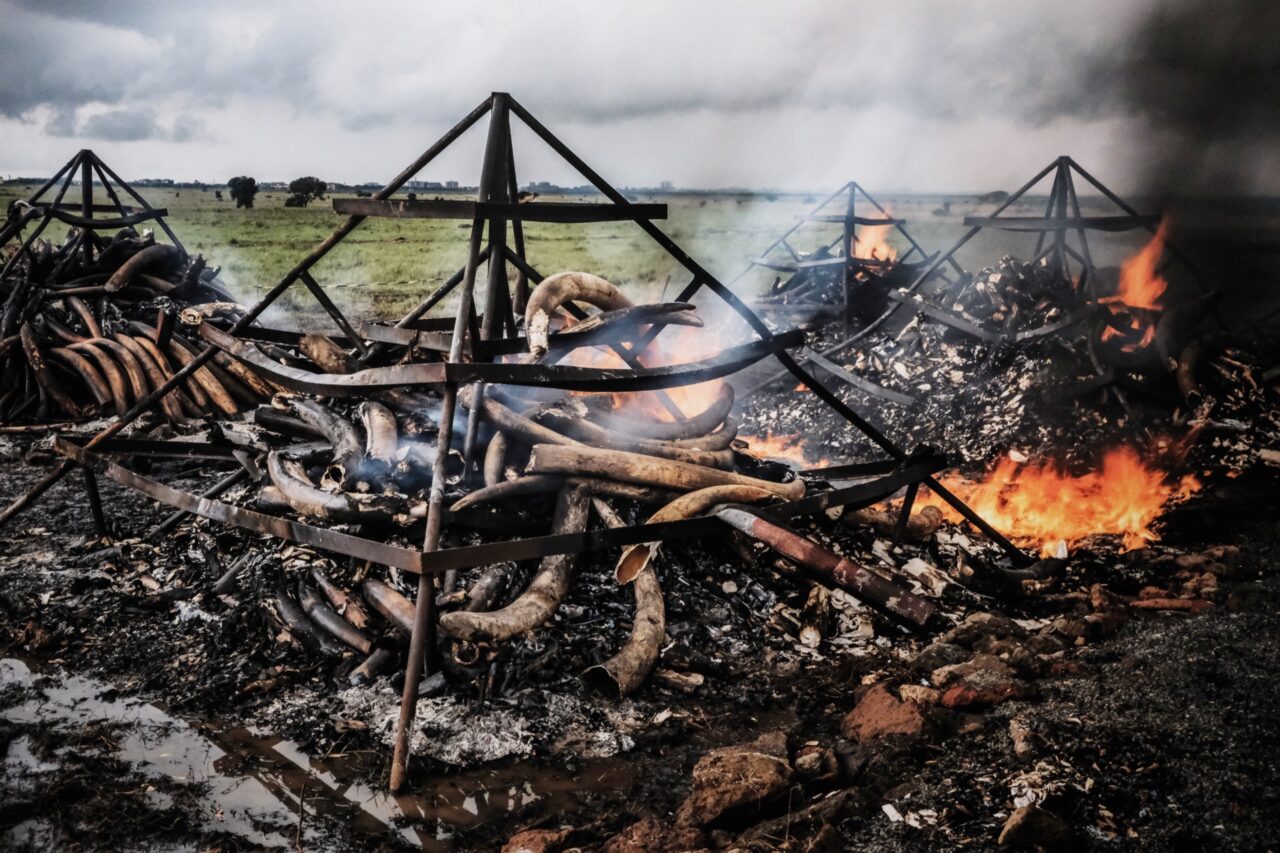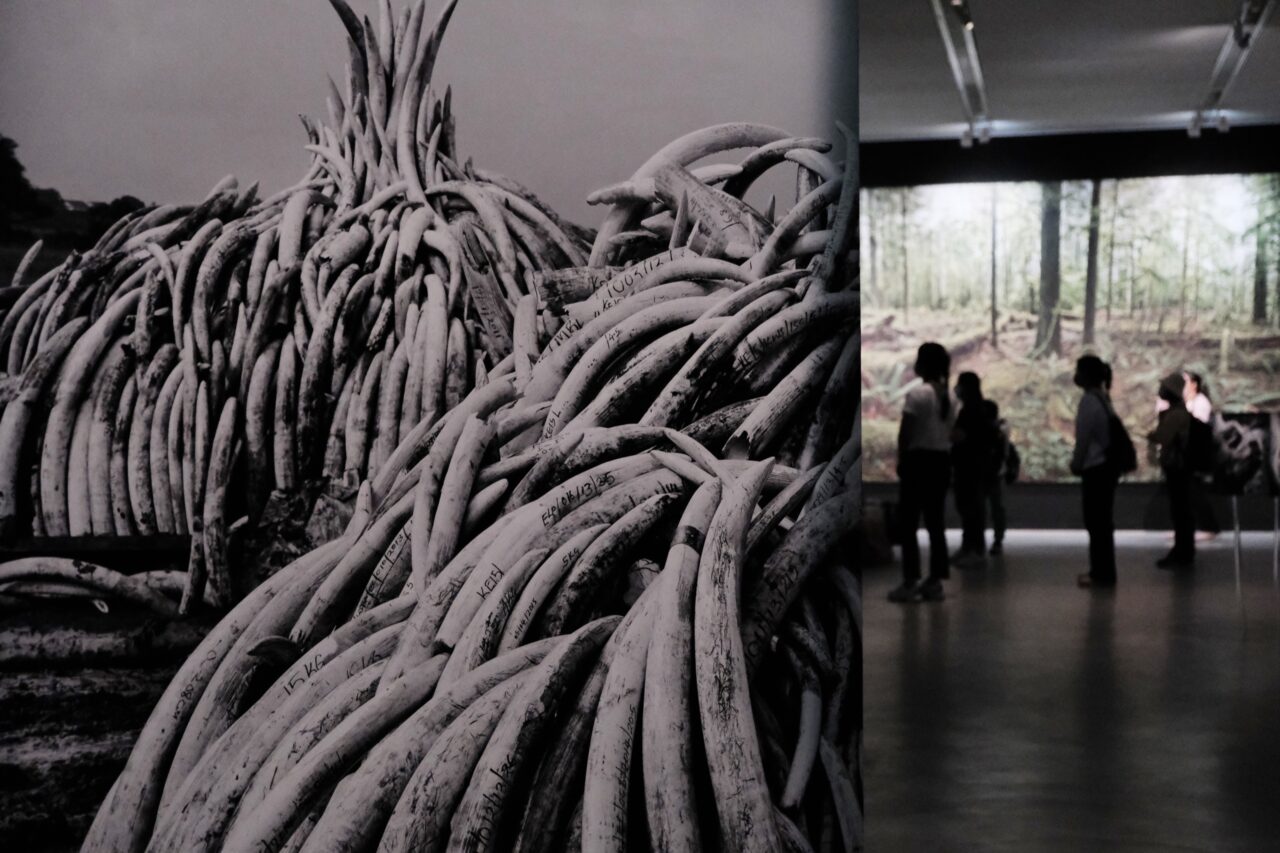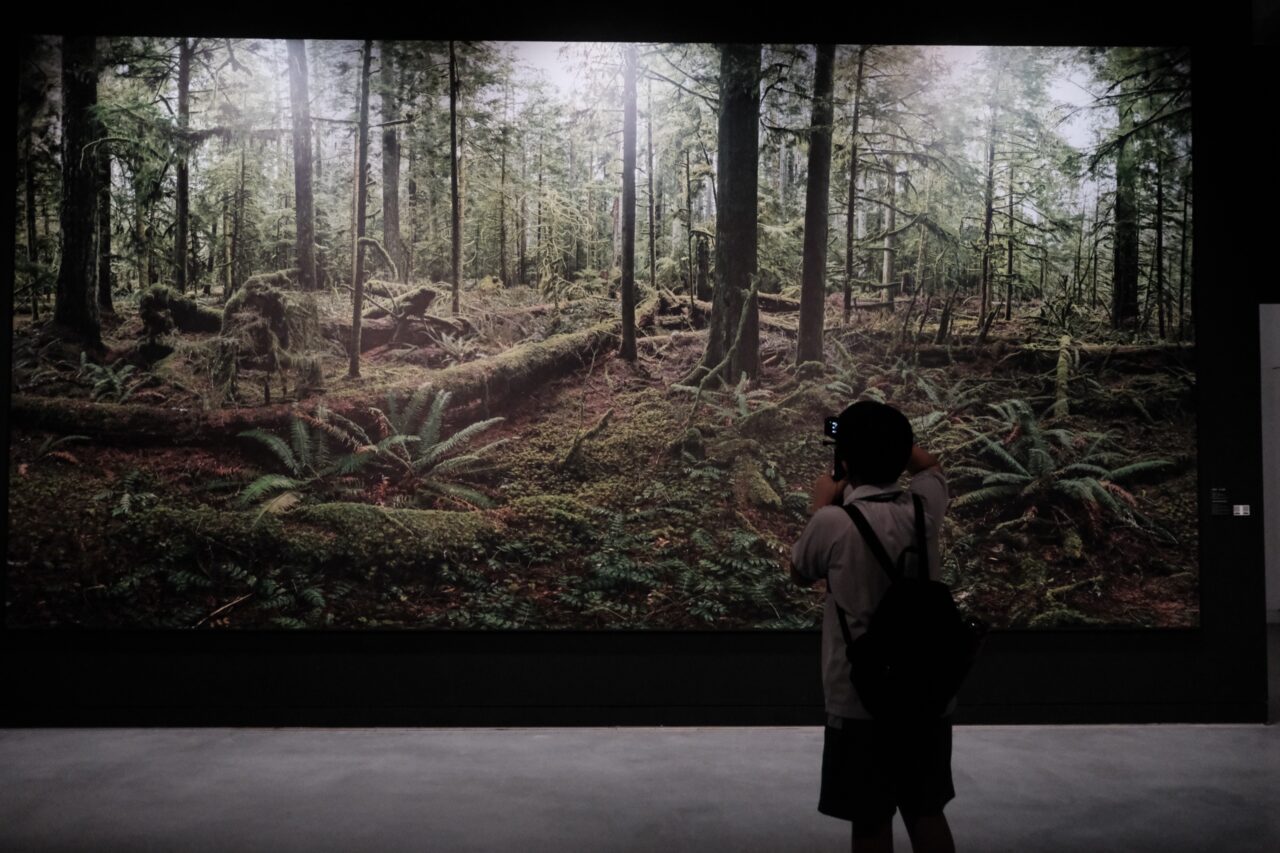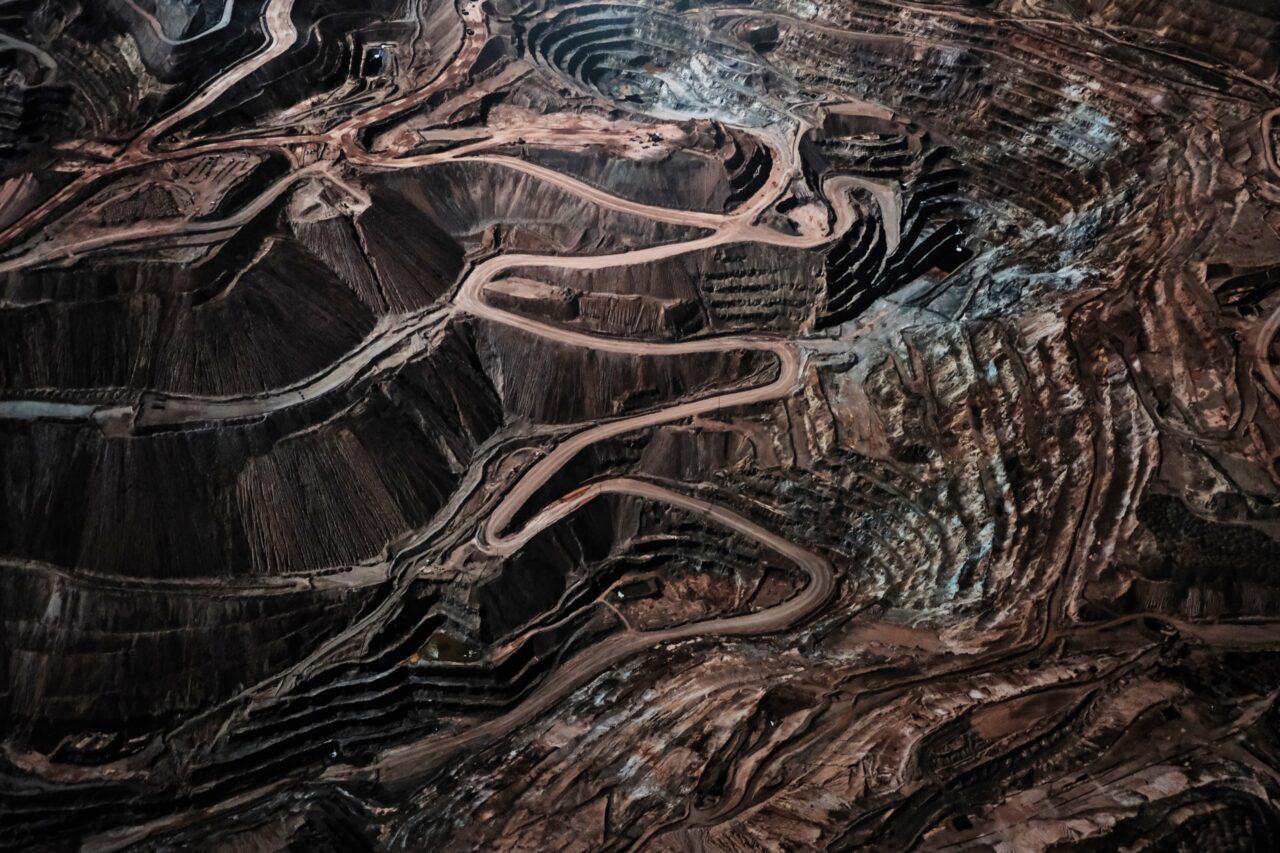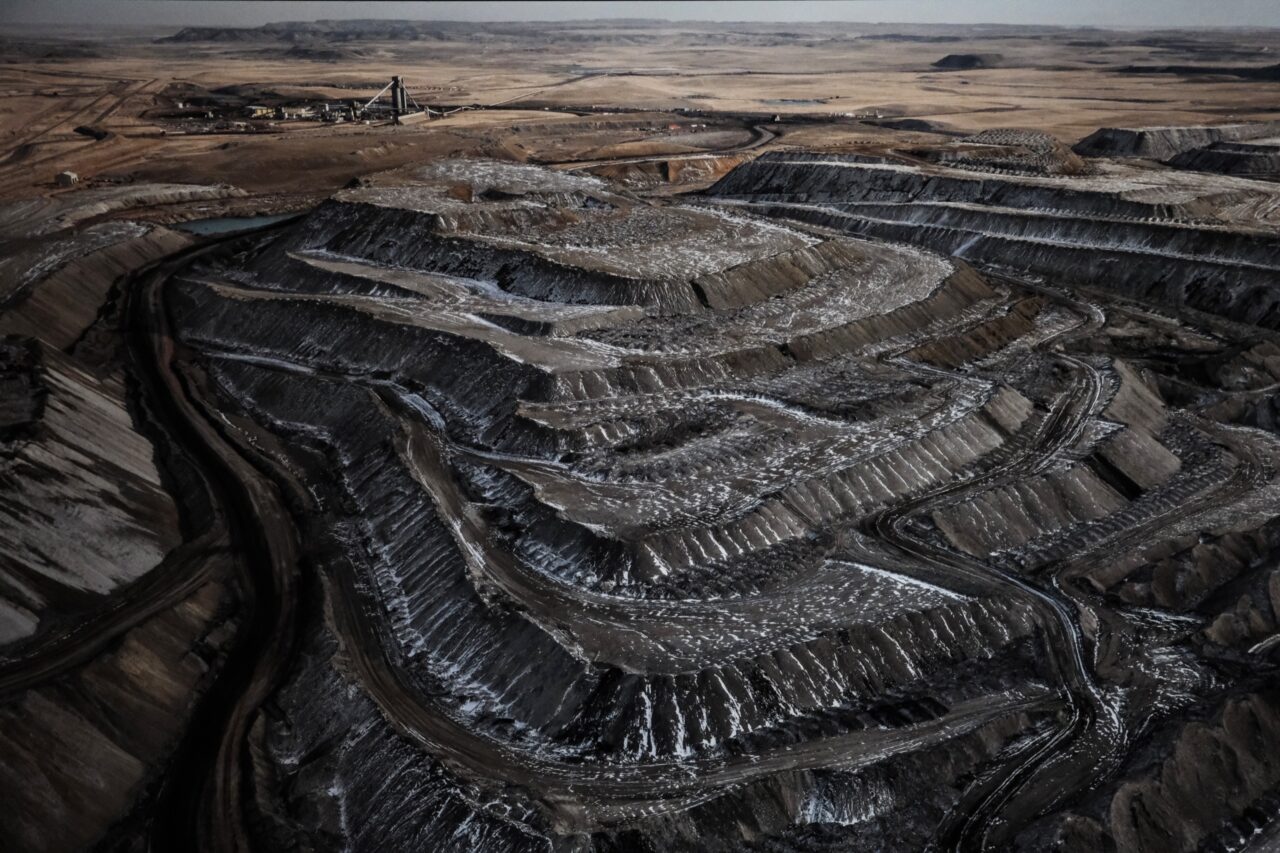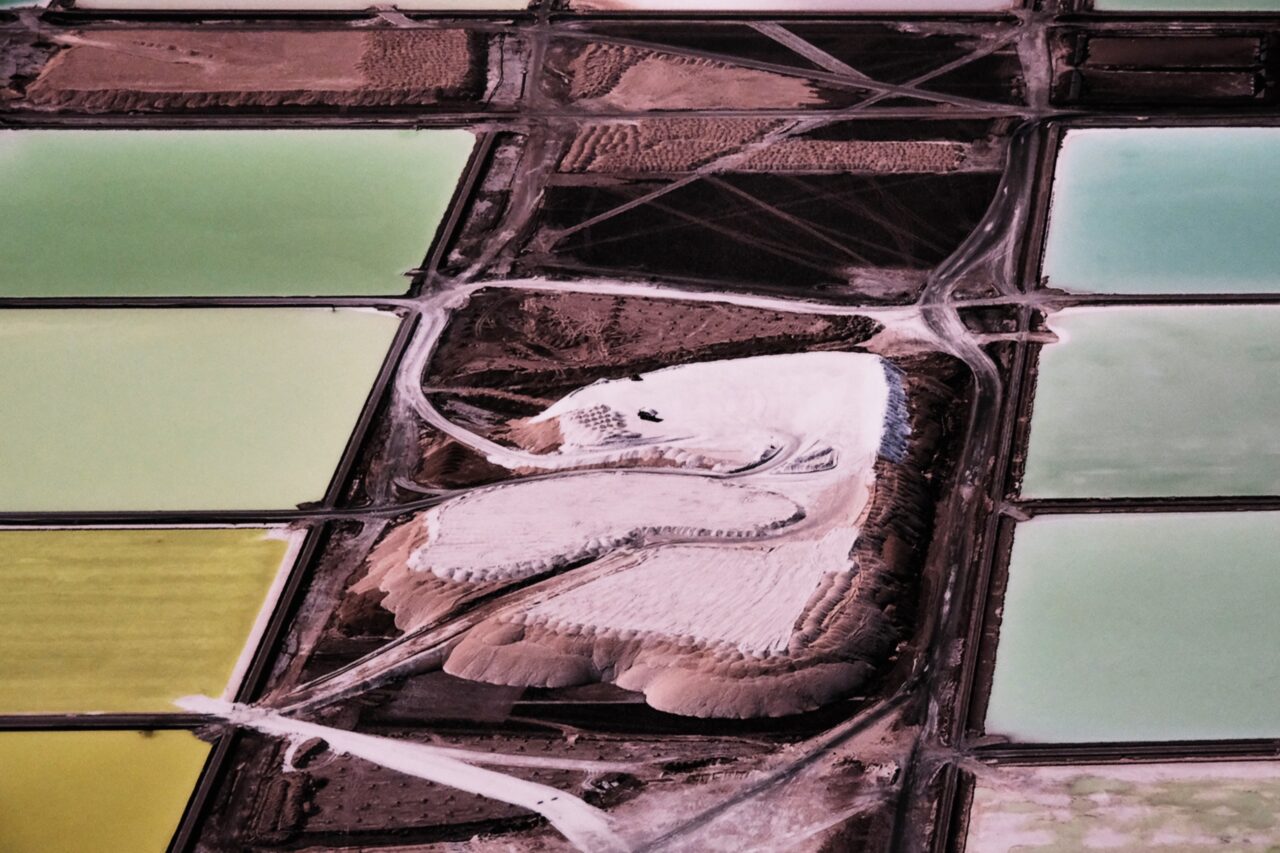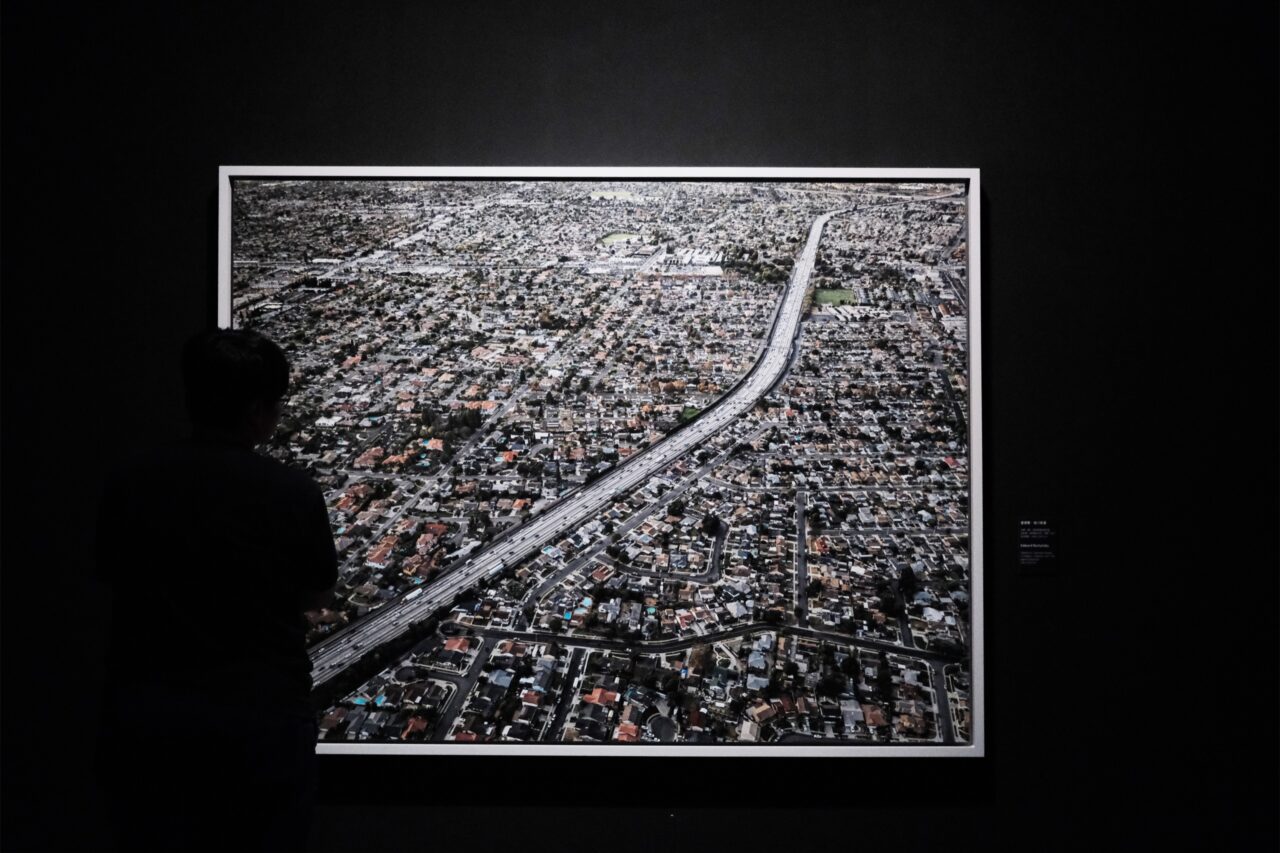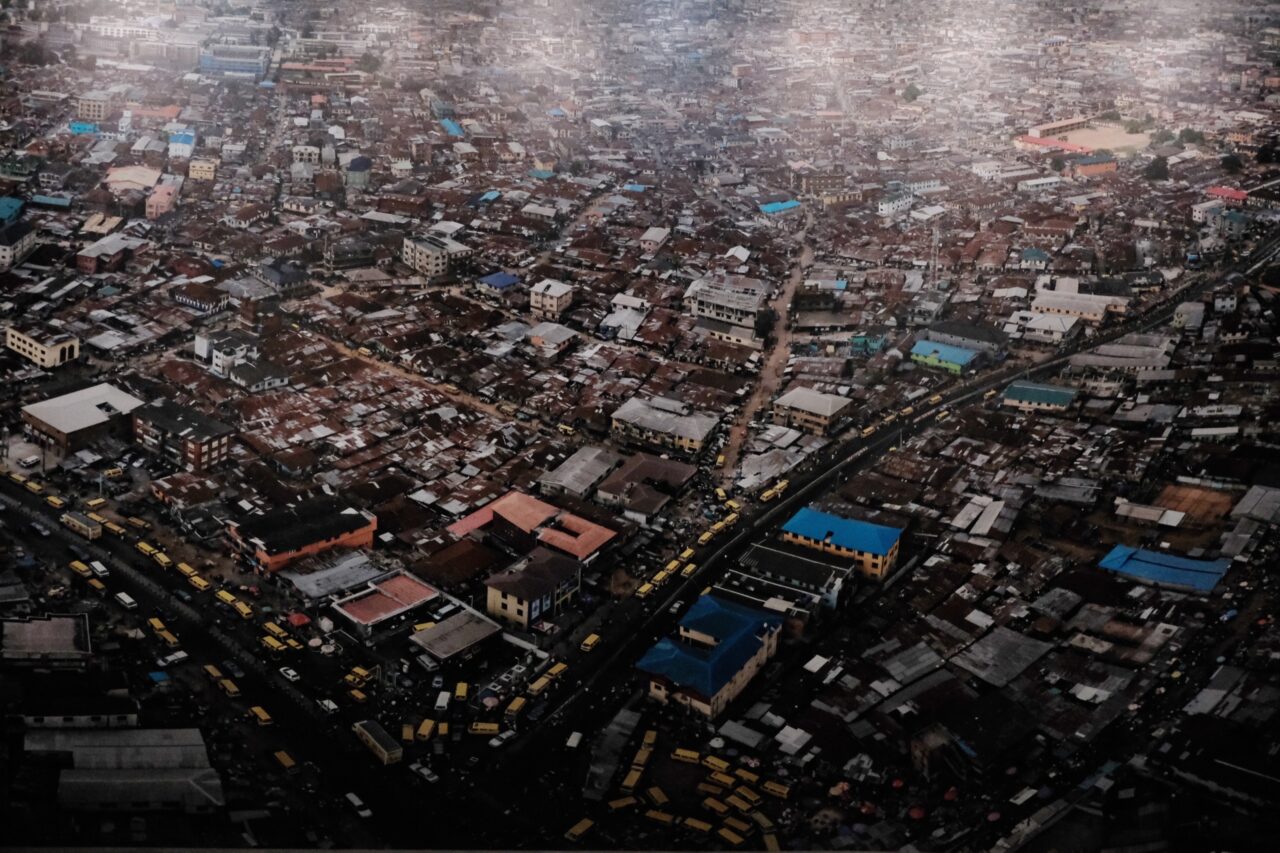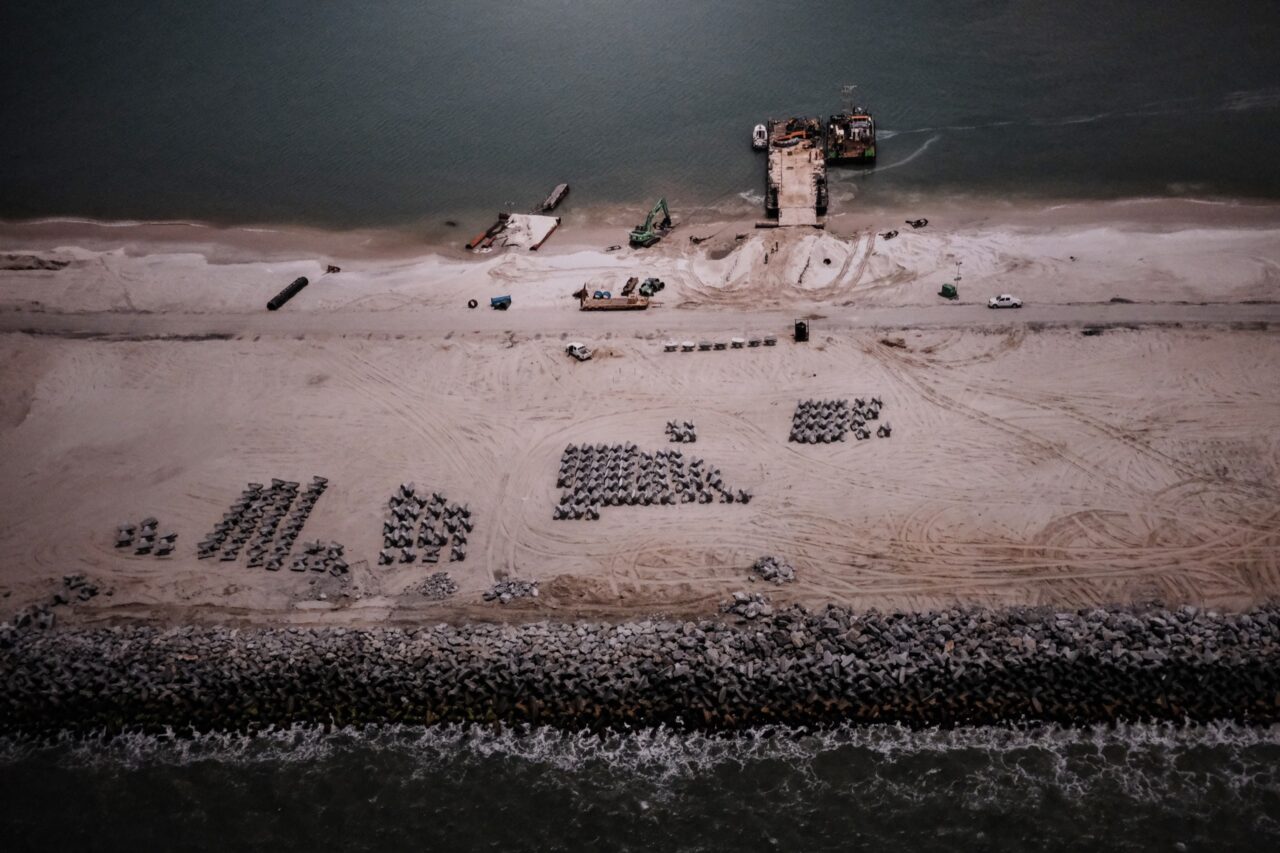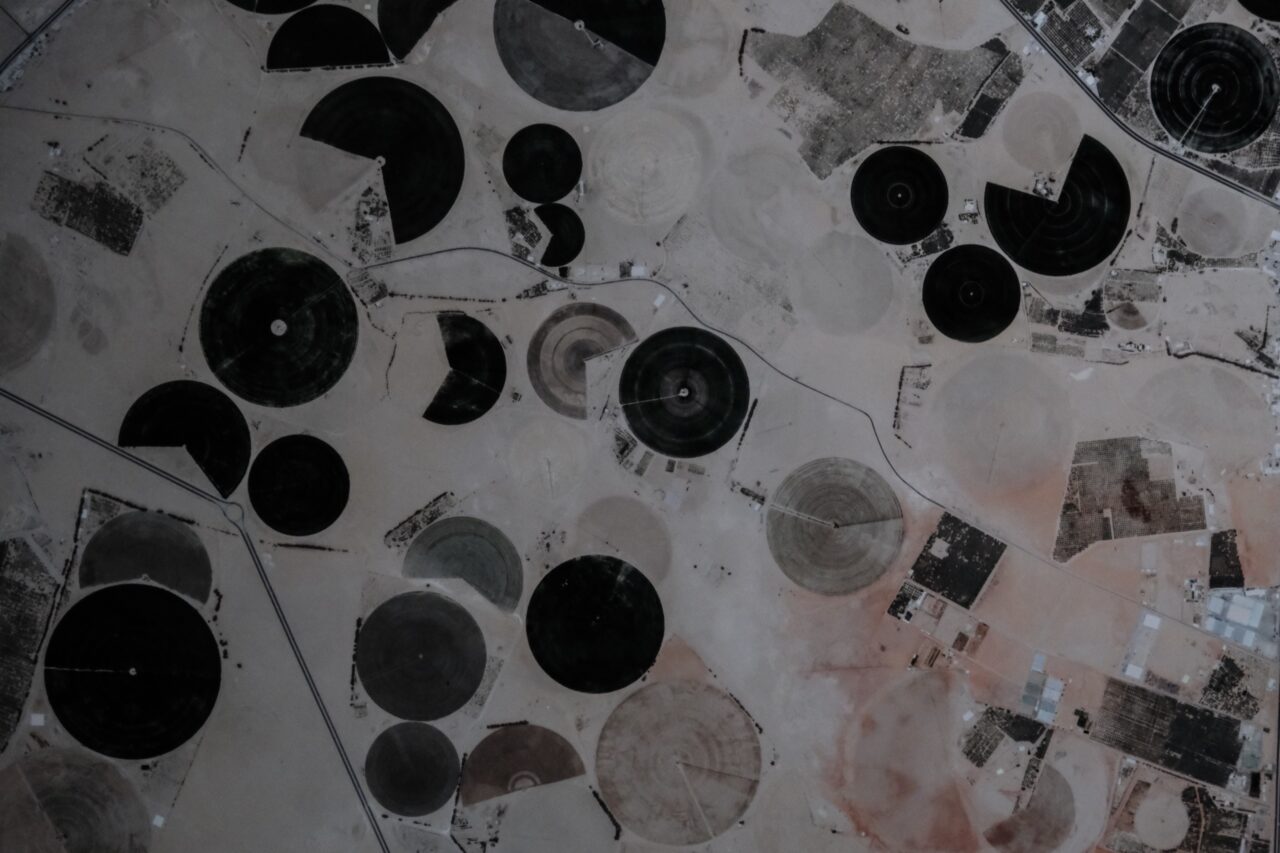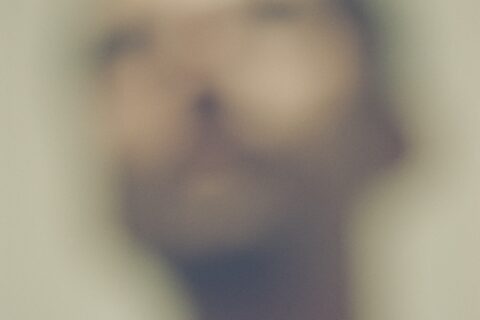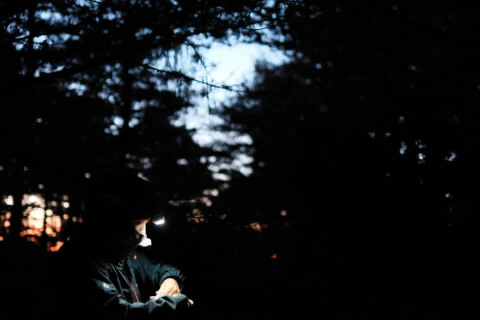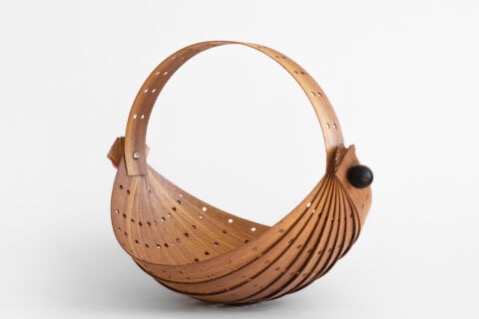1995年諾貝爾獎得主、荷蘭大氣化學家保羅•克魯岑(Paul Crutzen)於2000年提出「人類世」(Anthropocene)一詞,這是從地質學出發的名詞,雖宏大但陌生,「人類世」從字面些來看Anthropo 意指「人」、Cene 意指「新世紀」,自此各領域的學者開始爭論「人類世」是否適合加入更新地質年表(Geological Time Scale),與此同時,我們亦時刻共建並引證「人類世」的存在,而這存在的證據,可從攝影師愛德華.伯汀斯基(Edward Burtynsky)、紀錄片導演珍妮佛.貝奇沃(Jennifer Baichwal)及尼可拉斯.德龐希埃(Nicholas de Pencier)自2014年開始構思的《人類世—— 凝視.消逝中的地表》展覽中窺探。
步入於亞洲台灣高雄首展的《人類世—— 凝視.消逝中的地表》展場,身心被巨大的作品所衝擊,我必需遠觀才能全視這「壯麗」、「宏大」的作品,渺小的我在《烏拉爾卡利鉀礦區—— 4號》別列茲基,俄羅斯,2017( 《Uralkali Postash Mine #4》Berezniki,Russia,2017)的照片前,覺得這螺旋紋路擁有漸層粉紅色的鉀礦是一件藝術作品,好奇走近觀賞才發現這美麗是從遠古發生堆疊地質而成面貌,幾百萬年前自然演變的作品,而那螺旋紋路,只是人類近代開採的足跡,我們使用了人力、機械改變了地貌,刻畫出不可逆轉的痕跡,我們創造了「人類世」,並在高山、高原、河川、丘陵、盆地留下了「作品」。
策展人蘇菲.哈克特(Sophie Hacket):「像疫情,於世界某個地方發生的一件事,必然會對世界有深遠的影響,這就『人類世』的現象,透過作品讓人對『人類世』有了共鳴。我並不是要藉由作品控訴誰,作品只是一種展示、揭露,讓大家知道哪些你一輩子都不會去的地方有這樣的人為地貌。作品只是探索旅程的起點,而非提出唯一的解決方法,因為你永遠不知道這些觀點會把你帶往哪裡,但我相信訴說故事可以真正改變世界。」
紀錄片導演珍妮佛.貝奇沃(Jennifer Baichwal):「我希望透過我的作品能夠開啟你的同理心和互相理解的經驗。透過加深對於環境脈絡和細節的了解,我們一起探索並延伸與當地相關的敘事。」我透過觀看全世界最長、共57公里,位於瑞士的聖哥達基線隧道(Gotthard Base Tunnel)的紀錄片,我以為我正坐在火車上,穿越這耗時17年興建,鑽探、爆破73種不同岩塊,甚至在全世界距地面最深的鐵路隧道中奔馳,原來我正經過阿爾卑斯山脈地底下約2,300米!」
在所有對錯評斷之前,了解那些跟我們不相干、但每天正在發生的事,人類在全球進行各類資源開採、興建設施,而對地貌造成各種影響之際,現正身在「人類世」的我們,先意識到「整個地球是一個動態的、不斷變動的系統」。這時,攝影師愛德華.汀斯基(Edward Burtynsky)提出:「當我發現我正在置身的湖泊和樹林,在1萬2千年前曾覆蓋著厚達3公里的堅固冰層,我便意識到這一點。」我們都是動態地生活著,我們的行為或正在決定「人類世」甚麼時候終結。
The term “Anthropocene” was coined by Paul Crutzen, a Dutch atmospheric chemist and Nobel laureate, in 2000. It is a geological term that suggests that we are living in a new epoch shaped by human activities. While scholars from various fields have debated whether the Anthropocene should be included in the updated Geological Time Scale, we continue to witness and provide evidence of its existence. This evidence can be glimpsed through the exhibition, Anthropocene, conceived by photographer Edward Burtynsky, documentary filmmakers Jennifer Baichwal and Nicholas de Pencier since 2014.
Showcasing for the very first time in Taiwan, Anthropocene made its way to the Kaohsiung Museum of Fine Arts. As I set foot in the exhibition, I was profoundly struck by the immense pieces of art, and to fully appreciate their grandeur and magnificence, I had to step back and take it all in. It was before the photograph titled “Uralkali Postash Mine #4, Berezniki, Russia, 2017” that I stood in awe. The photograph revealed mesmerizing spiral patterns of pink potash, initially resembling a piece of exquisite art. However, upon closer inspection, I came to realize that these captivating patterns were the result of human extraction activities, etched onto the geological formations that had taken millions of years to form. With our hands and machinery, we have altered the landscape, leaving irreversible marks. We are the creators of the Anthropocene, leaving our unmistakable traces upon mountains, plateaus, rivers, hills, and basins.
Curator Sophie Hackett explains, “Just like the pandemic, whatever happens in one place can affect the entire world. This is the Anthropocene phenomenon. We want to create a sense of resonance with the Anthropocene through the showcased artwork. Rather than making accusations, we seek to unveil and present landscapes that have been shaped by human activities but may remain unseen by most people. The artwork serves as a starting point for exploration, not as a single solution, as you never know where these perspectives might lead you. But I believe storytelling can truly change the world.”
Jennifer Baichwal, the documentary filmmaker, expresses her desire to foster empathy and mutual understanding through her work. “By delving deep into the environmental context and intricacies, narratives relevant to specific localities can be explored and expanded upon.” As I was watching the documentary on the Gotthard Base Tunnel, the world’s longest tunnel spanning 57 kilometers in Switzerland, I was completely immersed in the experience. It felt as though I was on the train, journeying through the tunnel that had taken 17 years to construct, involving the challenging task of blasting through 73 different types of rock. As the train raced through the world’s deepest railway tunnel, I could sense the depth of my location—approximately 2,300 meters beneath the surface of the Alps.
Before passing judgments on what is right or wrong, it is crucial to understand that seemingly unrelated things happening around us every day are interconnected. As humans engage in activities like resource extraction and infrastructure development, we are making diverse impacts on the landscape. Living in the Anthropocene, we must realize that the Earth is a dynamic and ever-changing system. Photographer Edward Burtynsky puts it into perspective, “I became aware of that when I realized that the lakes and forests I was in were once covered by a massive three-kilometer-thick ice sheet 12,000 years ago.” This reminds us that we are part of this dynamic process, and our actions can influence when the Anthropocene era will come to an end.
